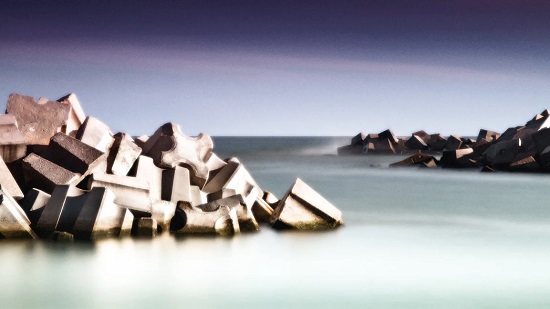 Wednesday, May 8, 2024
Wednesday, May 8, 2024  Wednesday, May 8, 2024
Wednesday, May 8, 2024 
The Tōhoku earthquake of 2011 remains the strongest in recorded Japanese history. It created a tsunami that towered over 40 meters and dismantled coastal flood defenses in northeastern Japan with ease, taking the lives of around 16,000 people.
Japanese authorities, wanting to better protect communities in future, chose to build bigger defenses. Concrete walls that span 400km and reach nearly 15 meters high in places now line the coast to resist incoming waves and allow enough time for residents to evacuate in the event of another tsunami.
They were recently tested by a 7.4 magnitude earthquake, which struck off the coast of the Fukushima prefecture on March 16 2022, killing at least four people and injuring many more. Mercifully, the resulting tsunami was negligible compared with that of 11 years prior.
These sea walls will also serve as a defensive frontline against the effects of climate change. A recent report by the Intergovernmental Panel on Climate Change found that even in the best case, where the world halts warming at 1.5°C, sea levels could rise by 0.55 meters on average globally by 2100. This could lead to crippling storm surges in many places.
Paradoxically, these walls which are designed to protect people from the consequences of global heating also contribute to it. We estimated the emissions involved in creating northeastern Japan’s concrete breakwaters at around six million tonnes of CO₂ by taking into account their size and length and using industry-standard tools.
Continue reading on FastCompany.com